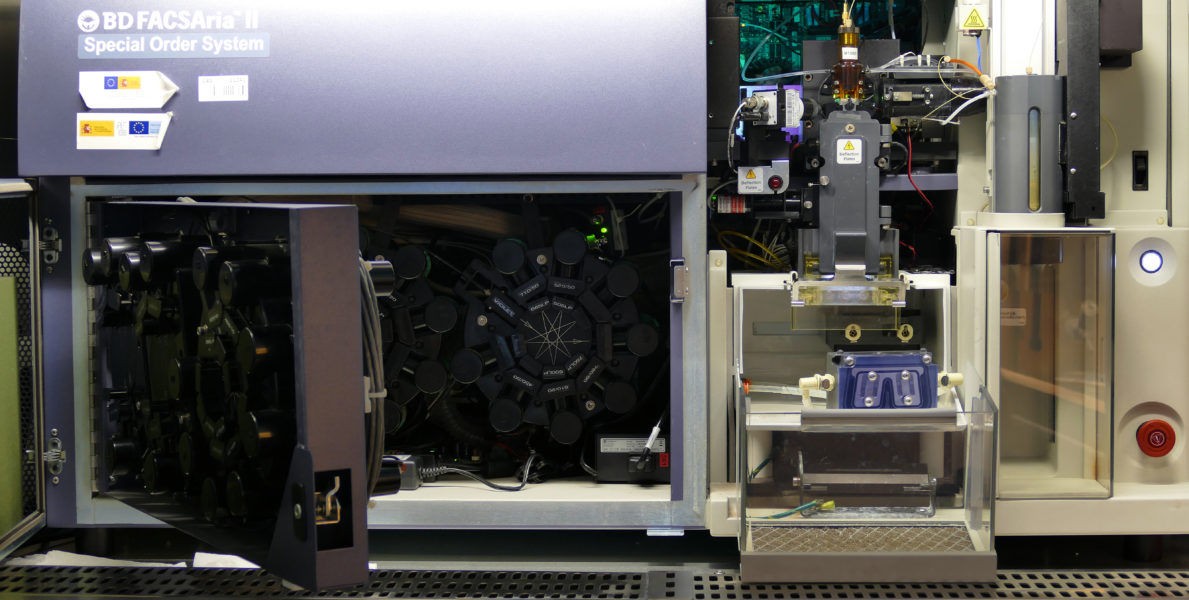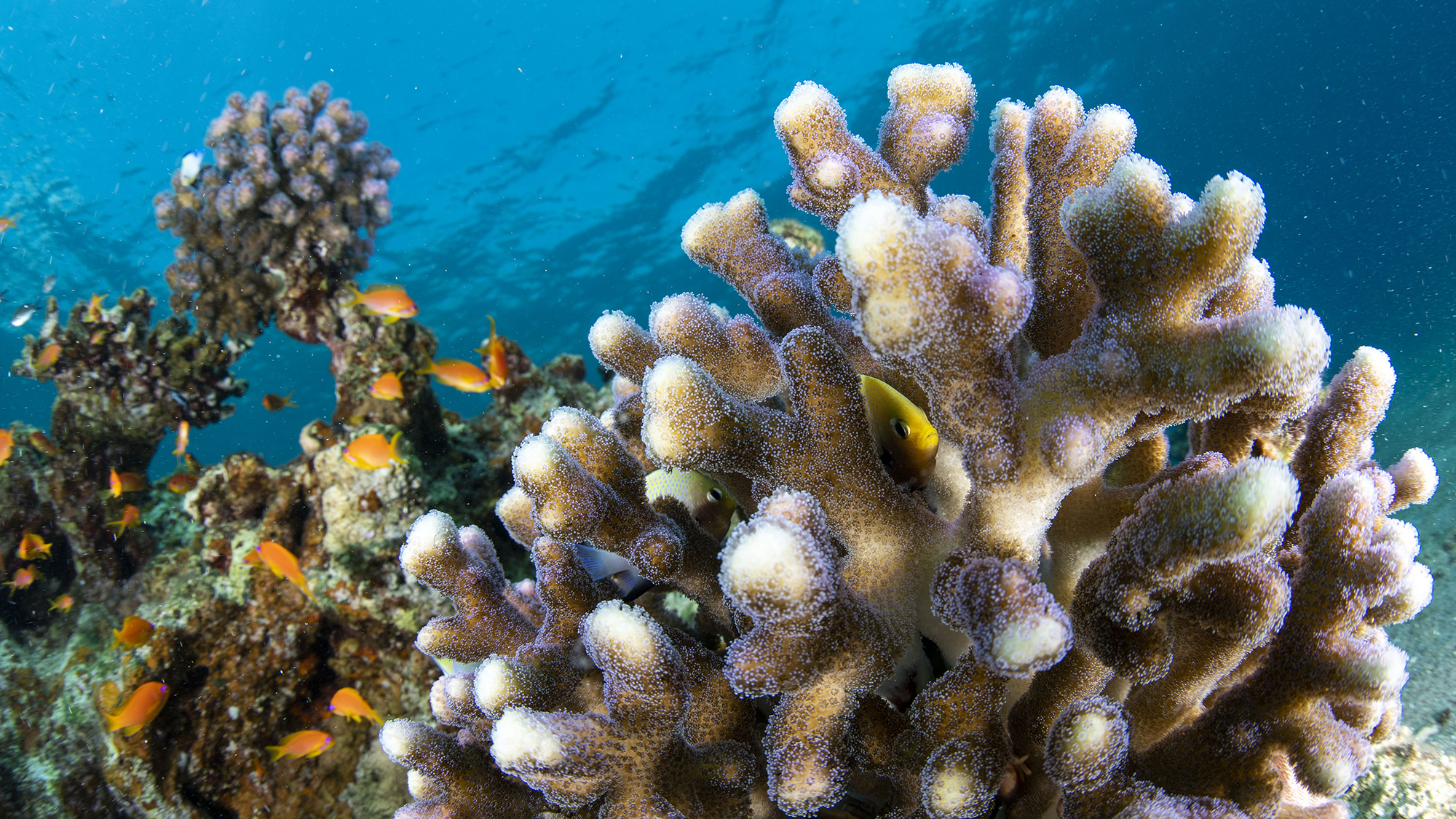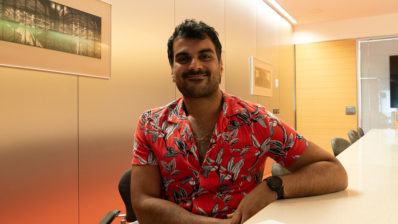Coral reefs are calcareous structures produced by marine corals over thousands of years. These structures play a key role in the configuration of the sea ecosystem, since they host about a quarter of the marine fauna, which finds food and shelter there. Despite their key role in maintaining diversity, it was not even known until recently which cell types are part of these cnidarians.
At the beginning of May, an international and multidisciplinary team of scientists published in the journal Cell an atlas of the cell types of Stylophora pistillata, a rocky coral that inhabits the waters of the Red Sea. Among the different cell types, the presence of immune cells was described for the first time. We spoke with Arnau Sebé-Pedrós, head of the Single cell genomics and evolution group at the Center for Genomic Regulation (CRG) and author of this article.
Where did the idea of making an atlas of the cells that make up this coral come from?
Well, the basis of our laboratory is to understand the evolution of cell types and the mechanisms of genomic regulation associated with this process. And we study all this in cnidarians. Some time ago, we had the possibility of collaborating with the Tali Mass laboratory at the University of Haifa (Israel), which study corals from an ecological point of view, and this is where this study came from.
Working with corals is not common. Have you had to adapt your protocols a lot?
Yes, most protocols are designed to work with human or mouse cells, and working with other species is complicated. But that’s exactly what we do in the laboratory!
“Most protocols are designed to work with human or mouse cells, and working with other species is complicated.”
In addition, they are delicate animals. How did you do it to transport them to the laboratory?
We did two types of experiments in two different countries. The experiments with larvae, which are more delicate, were done by Shani (the first author) and myself at the Weisman Institute in Israel. And we did the experiments with adult corals here at CRG. It was an experiment against the clock! We transported the sea corals from the sea to the airport by car and then to Barcelona by plane. And once here, we did the experiments literally in one night! Because these animals after two or three days already, they begin to die.
And how are these experiments? Was it a long night?
We did a first round of cell separation in the flow cytometry unit directed by Óscar Fornas, with a minimum selection to be able to capture everything that was a unique and living cell. Here we had the difficulty that the cells of the digestive system of these corals form a symbiotic consortium with an alga and we wanted to capture the whole consortium to be able to study the gene expression of the two individuals. And we did it! In fact, it turned out very well. We would not have achieved it if we had not used these very precise techniques and our adaptations.

Once the individual cells were separated, the second part was to study the gene expression of each of these cells captured by cytometry to be able to make the atlas of the Stylophora pistillata cell populations.
You have found more than 40 different cell types. Did you expect it?
Yes, it is a comparable number to other types of cnidarians. In fact, if we compare it with our reference organism, the anemone Nematostella, these corals do not have as many cell types and, above all, they have little diversity of neurons.
But instead you detected, for the first time, immune cells!
Yes, this was the surprise of the study! It is true that many people had described that there were genes with an immune function in the coral genome, but they are genes that we have seen expressed in other cell types and in other contexts as well. But here, for the first time, we have seen an eco-expression of regulatory and effector genes of immunology function in a single cell type. That is, we see an expression pattern comparable to what we could find in a macrophage. This implies that they are ‘specialized’ cells in an immune function!
What functions do you think these immune cells have?
It is believed that they could be involved in the regulation of the symbiosis of corals with the algae that I mentioned earlier. In a close symbiosis like this, the immune system is lowered to allow intestinal cells to have a symbiote living inside them. But this lowering of the system must be very selective to allow only the entry of these algae and nothing else.
And could they play a role in preserving coral populations?
This is difficult for me to say. The easy solution, really, would be to preserve the environment and stop it from changing! Although other intermediate solutions are being considered. It has been seen that in the Red Sea, both in Israel and in the KAUST area in Saudi Arabia, there are populations of corals that are resistant to changes in temperature and acidification. And one possibility would be to identify these resistant populations and transplant them to other areas of the ocean where coral populations are declining due to rising temperatures or acidification.
What we do hope is that a better understanding of these immune cells will help us to better comprehend the mechanisms by which coral populations appear to be more resistant to acidification and increased temperature.
Will this investigation continue?
Yes, we will continue to study different species of corals to see the effects of these changes in temperature and acidification of the water at the cellular level. However, we are not a laboratory that specifically studies corals. For this reason, we will study other cnidarians in order to characterize more species and learn about the processes that affect the genomic regulation of these animals.
Levy S, Elek A, Grau-Bové X, Menéndez-Bravo S, Iglesias M, Tanay A, Mass T, Sebé-Pedrós A. A stony coral cell atlas illuminates the molecular and cellular basis of coral symbiosis, calcification, and immunity. Cell. 2021 May 27;184(11):2973-2987.e18. doi: 10.1016/j.cell.2021.04.005. Epub 2021 May 3. PMID: 33945788.







